Laccaria ochropurpurea – Purple Laccaria

Purple laccaria (Laccaria ochropurpurea) is an edible mushroom that fruits late summer-fall. It can be found in association with hardwood trees, particularly oak and beech, or white pine. Purple laccaria has a cream to violet-gray colored cap. The cap is convex at first, flattening with age. The gills are purple, lightening with age. The fibrous […]
Xanthoconium affine

Xanthoconium affine is an edible mushroom that can be found July-October. It is mycorrhizal with hardwood trees, especially beech and oak. The cap is dark brown or reddish-brown, turning yellowish-brown. Pores are white, becoming pale yellow. The mushroom does not stain blue. The stem is streaked with a color that is paler than the cap. […]
Suillus spraguei – Painted Suillus
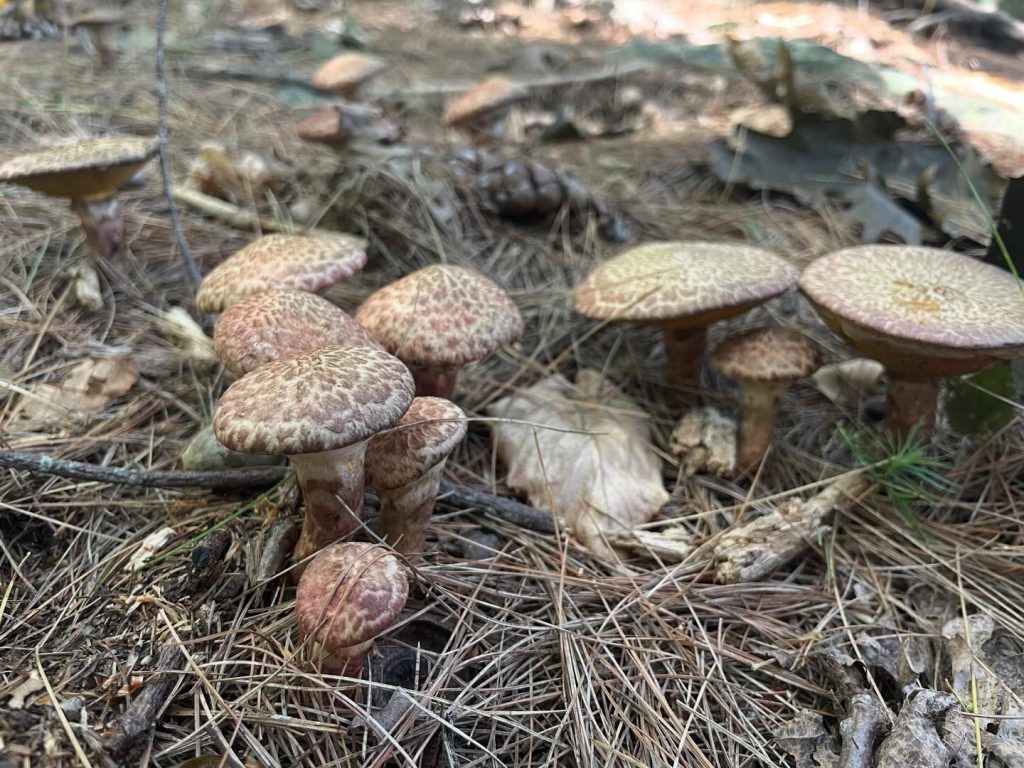
The Painted Suillus (Suillus spraguei) is an edible mushroom that can be found in conifer forests from June-October. The mushroom grows scattered or clustered in the ground. It is a mycorrhizal mushroom that often associates with pine. The Painted Suillus has a unique scaly red cap and stem. The yellow pores are covered by a […]
Tylopilus ferrugineus
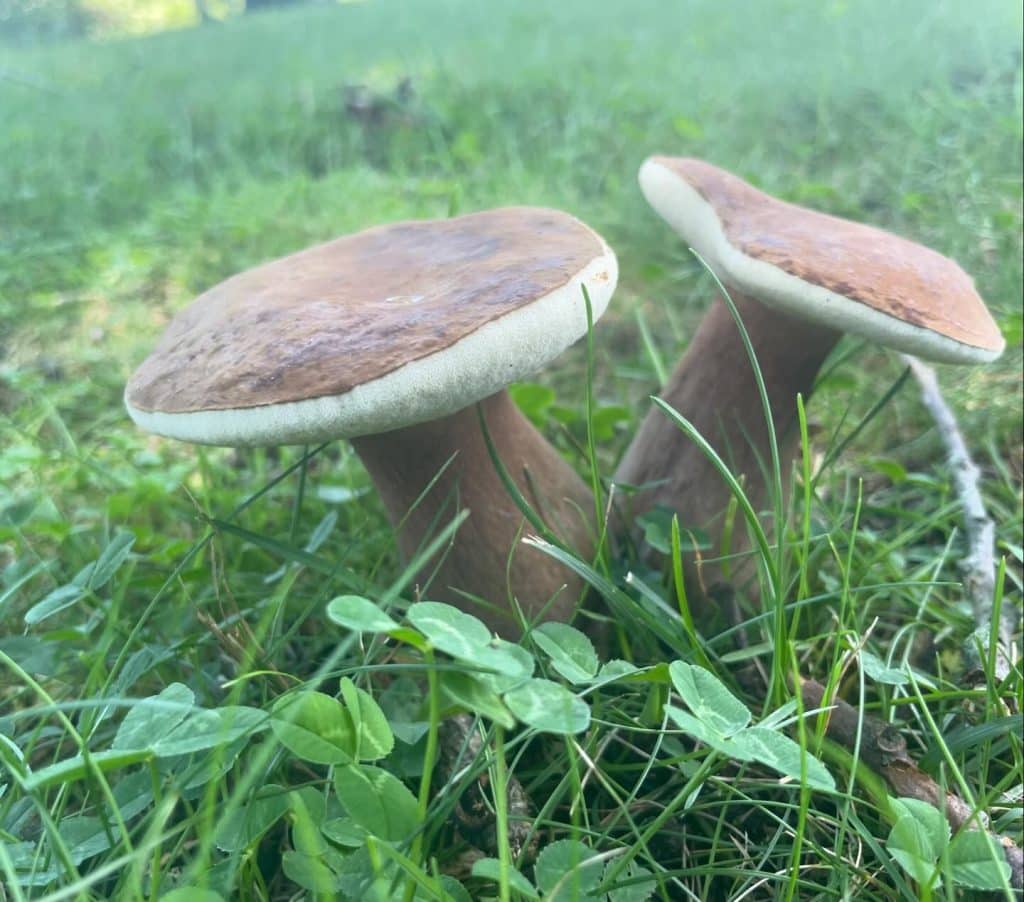
Tylopilus ferrugineus is an edible mushroom that is native to eastern North America. It fruits July-September. The mushroom is often found in grassy areas in association with oak or beech. The cap and stem are brown. The pores are white and stain brown. Young mushrooms have club-shaped stems and very firm flesh. Spore print is […]
Prunus maritima – Beach Plum
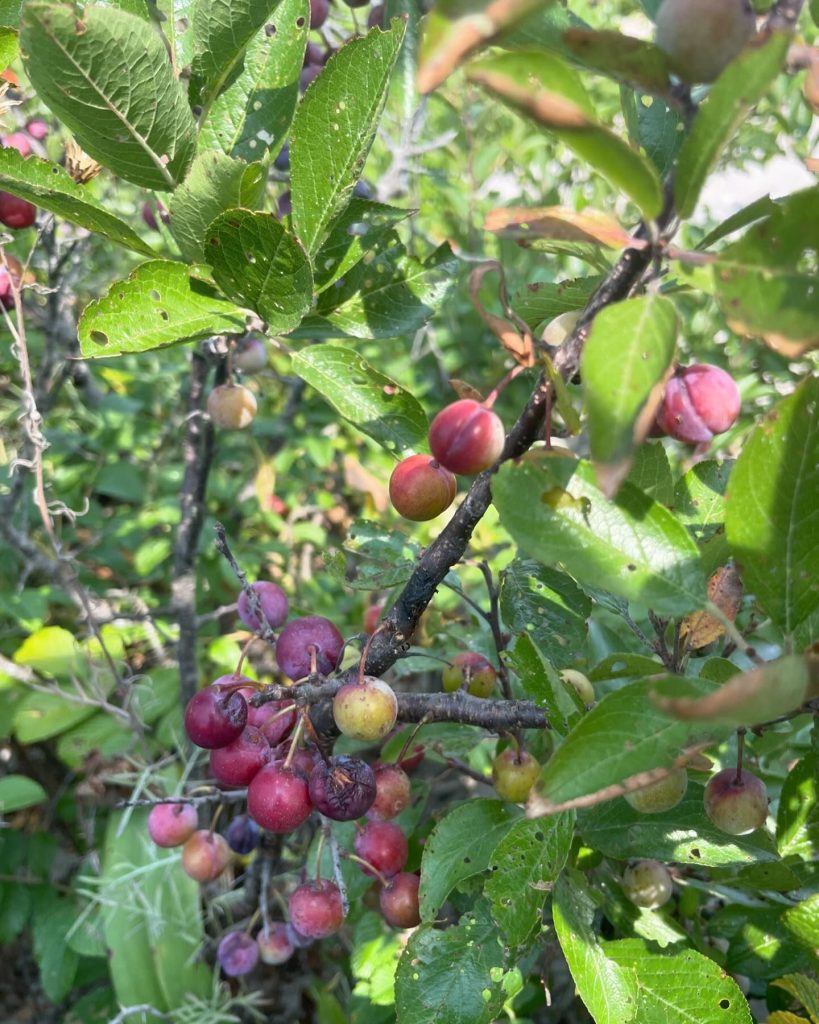
Beach plum (Prunus maritima) is a native plant with edible fruit. It is often found in dunes. It prefers full sun and has a high salt tolerance. Beach plums are shrubs that typically grow 4-8 feet tall. They produce five-petaled white flowers in spring. The leaves are alternate and finely toothed. The fruits are much […]
Xerocomus illudens

Xerocomus illudens is an edible bolete that fruits July-October. It forms mycorrhizal relationships with oaks and possibly other hardwoods. The cap is cinnamon-brown or pinkish-cinnamon colored. The pores are lemon yellow and angular. The flesh is pale yellow and does not stain blue. The stem is mustard-yellow and has a course net. Spore print is […]
Macrolepiota procera – Parasol Mushroom

The Parasol mushroom (Macrolepiota procera) is an edible mushroom that fruits August-October. It can be found in open woodlands near conifers or hardwoods or on lawns. The parasol mushroom is saprobic. The cap has scattered brown scales and develops a rounded bump on the center. The stem is slender, tall, and bulbous at the base. […]
Phylloporus rhodoxanthus – Gilled Bolete
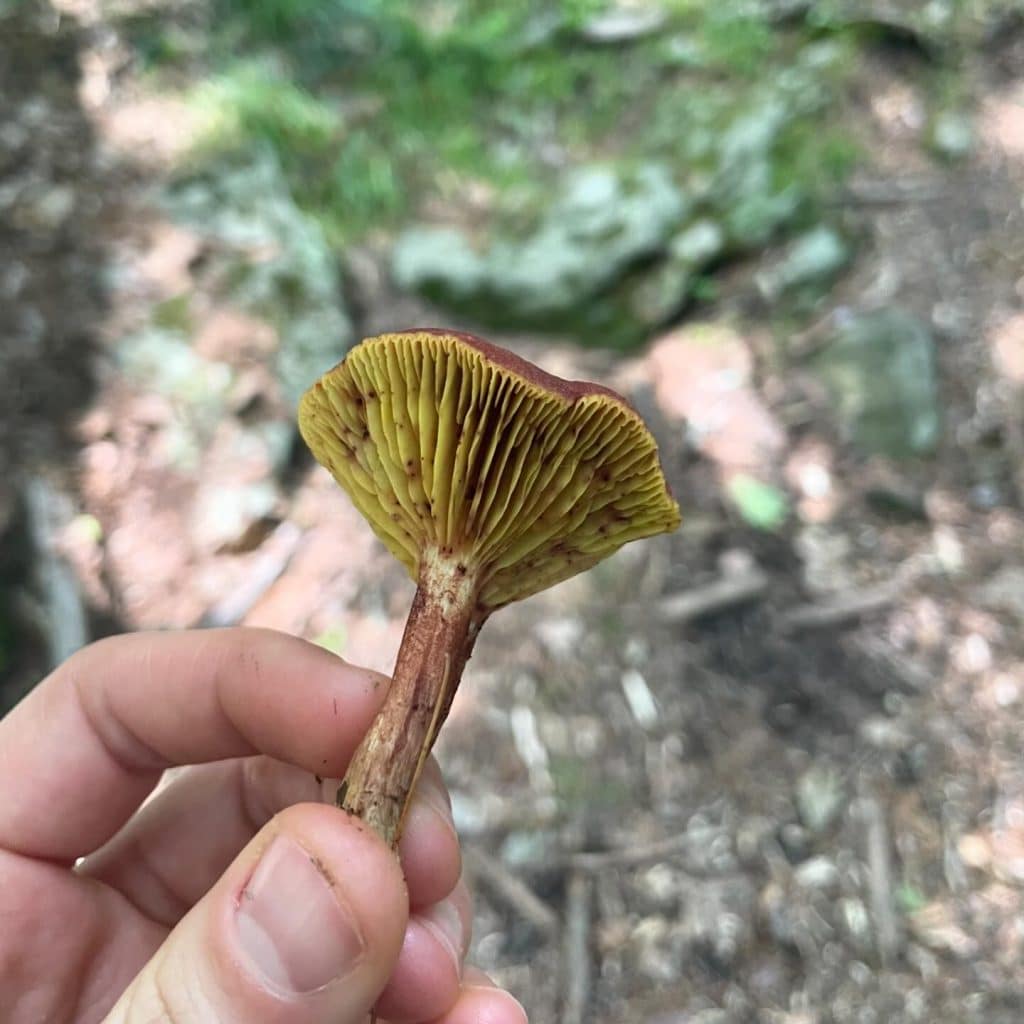
The Gilled Bolete (Phylloporus rhodoxanthus) is an edible mushroom that can be found June-October. It is mycorrhizal with beech and oak. Phylloporus rhodoxanthus is the most common gilled bolete mushroom in North America. There are 6+ species of gilled boletes in North America. The gilled boletes have a bolete-like shape with a thick cap and […]
Rosa virginiana – Wild Rose

Wild Rose (Rosa virginiana) is a native plant with edible and medicinal uses. We have six native species of wild rose in New England and two introduced species. Wild rose can be found in sandy and saline soil. It requires at least 6 hours of sun per day. Leaves are alternate and composed of […]
Asclepias syriaca – Common Milkweed
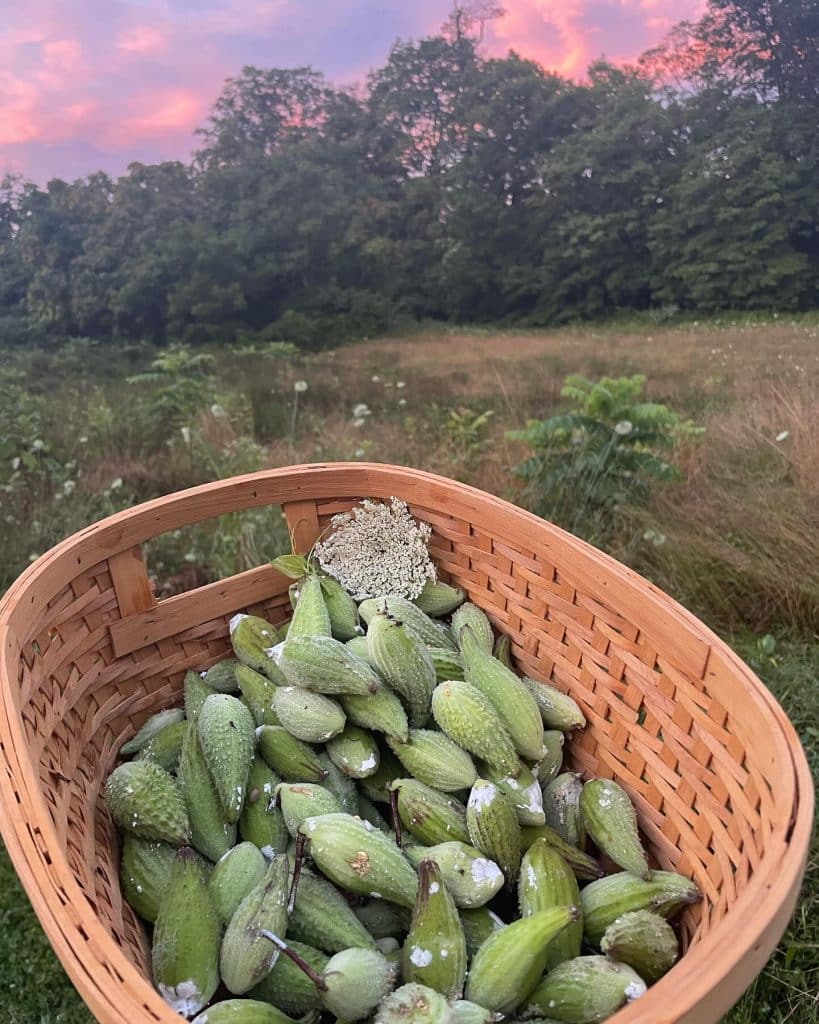
Common Milkweed (Asclepias syriaca) is a native perennial with multiple edible parts. Common milkweed can be found in meadows and fields which receive full sun. Leaves are opposite and oval-shaped with smooth edges. The stem is round and slightly fuzzy. It produces sap when broken. The pink flowers have five petals arranged in a […]
Symphytum officinale – Common Comfrey
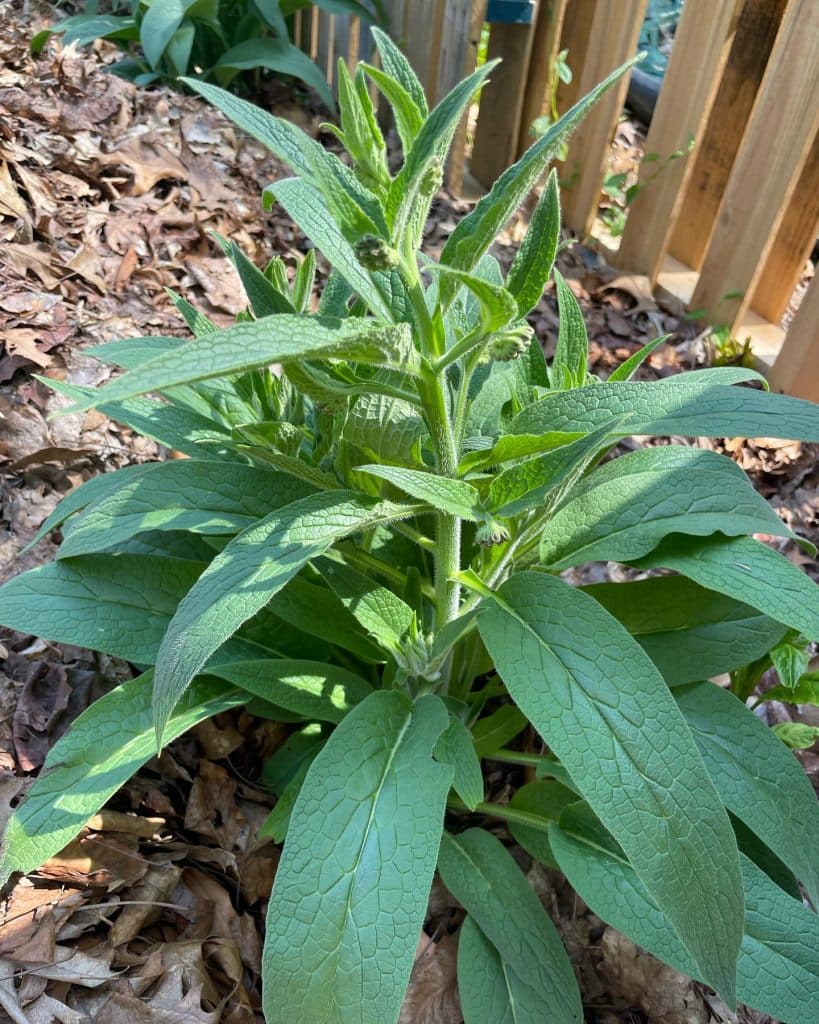
Common Comfrey (Symphytum officinale) is a non-native perennial that has been used for food and medicine for thousands of years. Comfrey can be found on roadsides, old fields, and old homesteads. It can grow in moderate shade to full sun in rich, well-drained soil. Once a colony has been established, it can live for centuries. […]
Lunaria annua – Annual Honesty
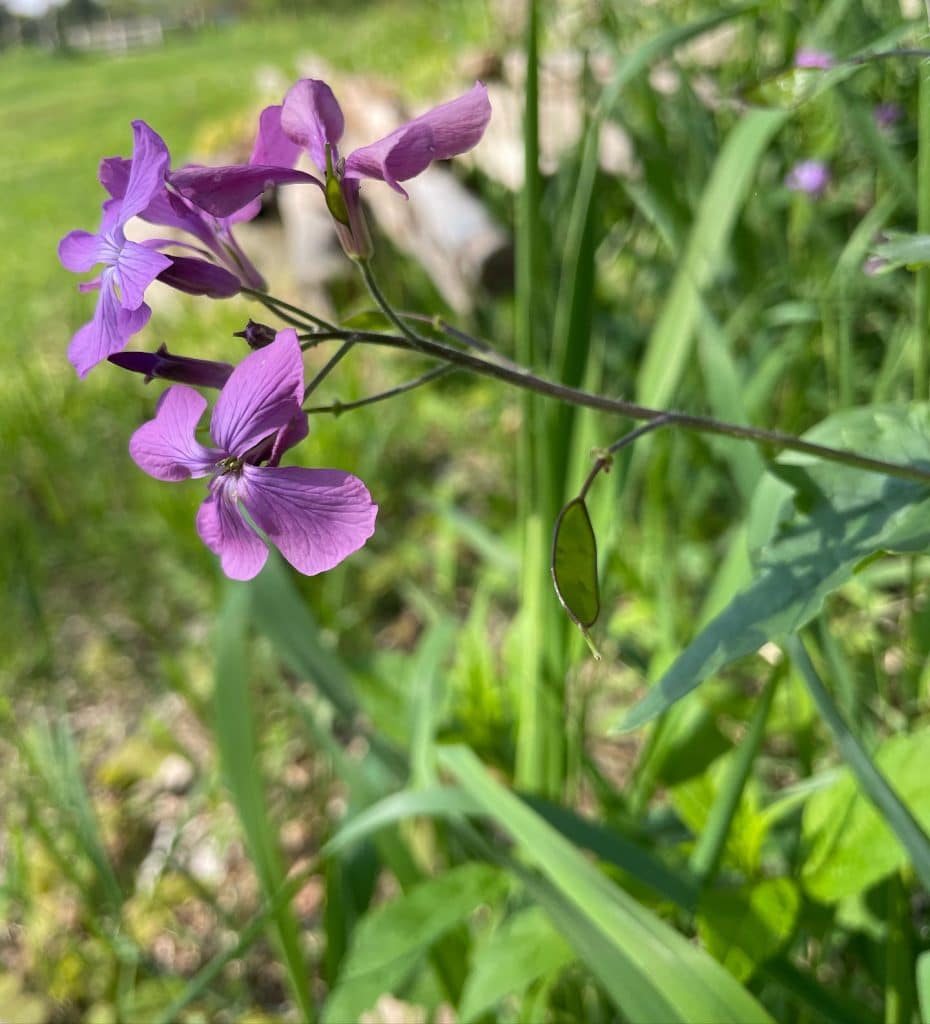
Annual honesty (Lunaria annua) is a non-native biennial that can be found in cultivated gardens and as an escapee in woodlands and waste places. Annual honesty, also known as the “money plant”, has finely hairy, heart-shaped leaves with toothed edges. The flowers have four petals in a cross shape. They are usually purple but can […]
Viola sororia – Common Violets
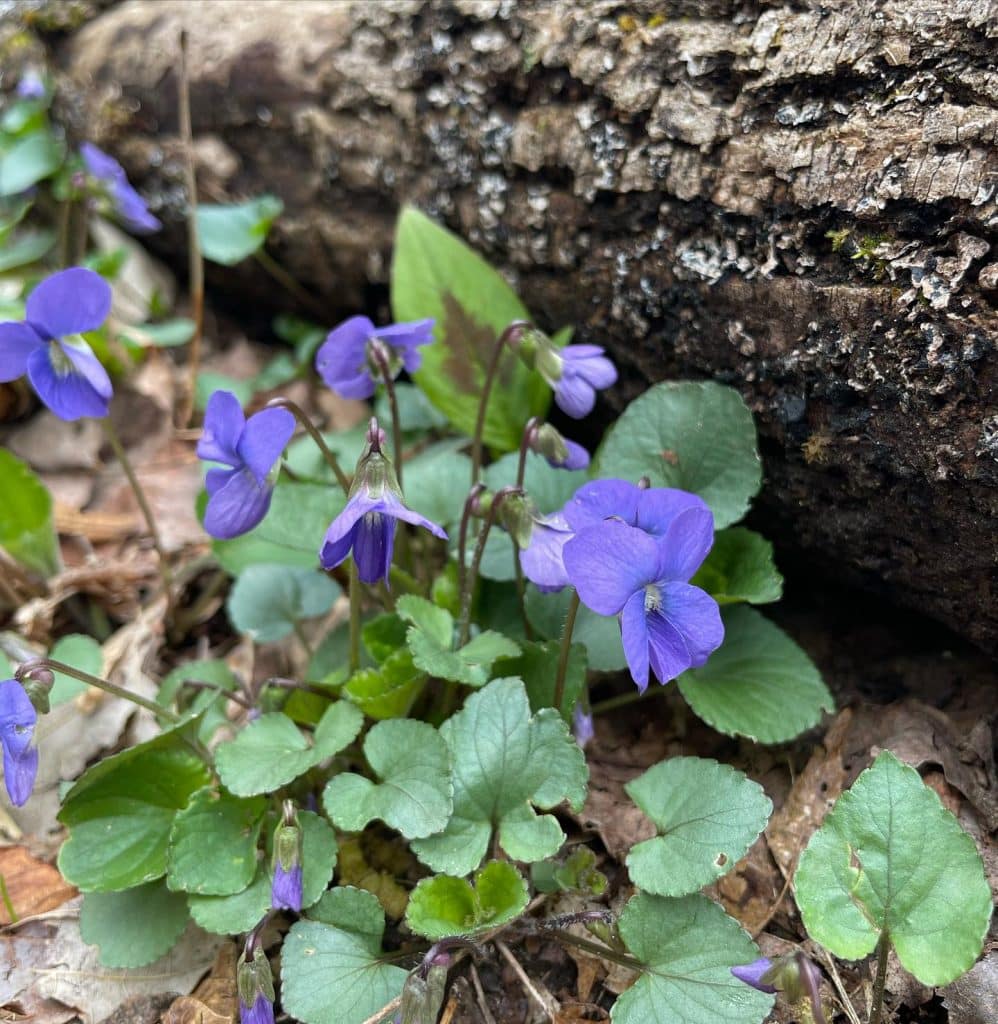
Common Violets (Viola sororia) are a native perennial that produce one of the first spring flowers. Common violets prefer moist soil with partial shade. They are often found under deciduous trees. Common violets have heart-shaped leaves with small, pointed teeth at the leaf margins. Flowers have five petals that are usually purple with some […]
Hosta spp. – Hostas
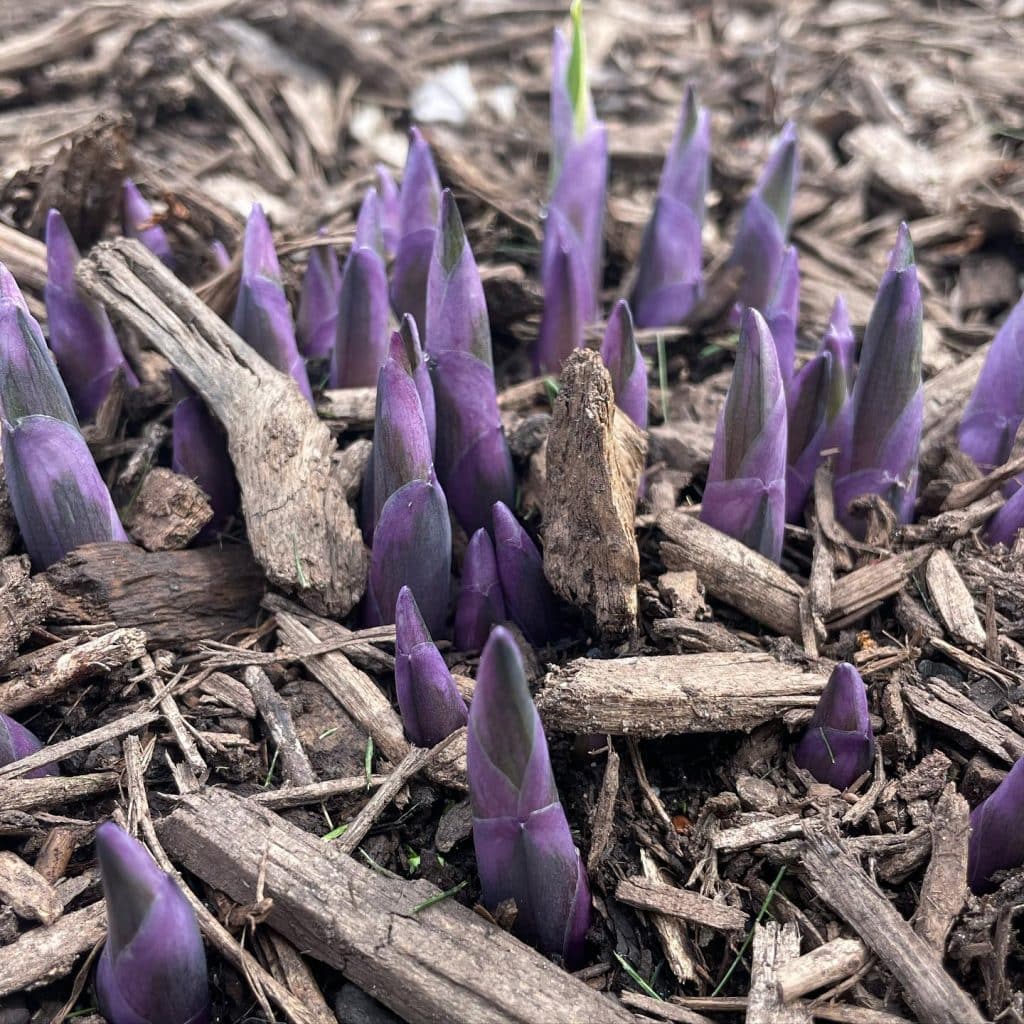
Hostas (Hosta spp.) are a common landscape perennial that thrive in shady woodland conditions. They are commonly eaten in Japan as a “mountain vegetable”. Hostas are edible from shoot to flower. In the spring, shoots can be cut and eaten raw or lightly sautéed. Look for larger young shoots that are tightly coiled. They will […]
Magnolia spp. – Magnolia
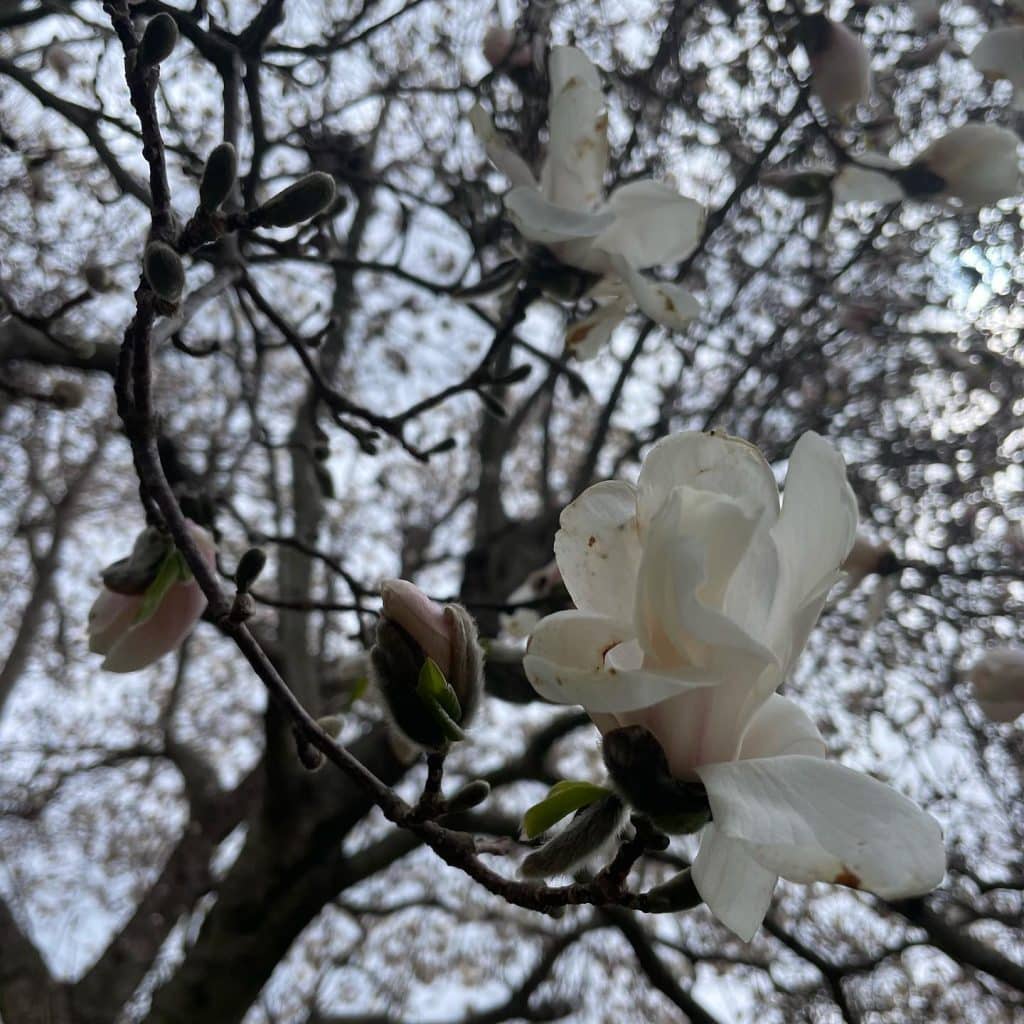
Magnolia (Magnolia spp.) is one of the first blossoms to appear in the spring. The flowers bloom for 1-3 weeks before the leaves appear. Magnolia is a genus of over 200 flowering plant species. Although some species are native to eastern North America and South America, most species are native to Asia. Magnolia can be […]
Hemerocallis fulva – Common Daylily
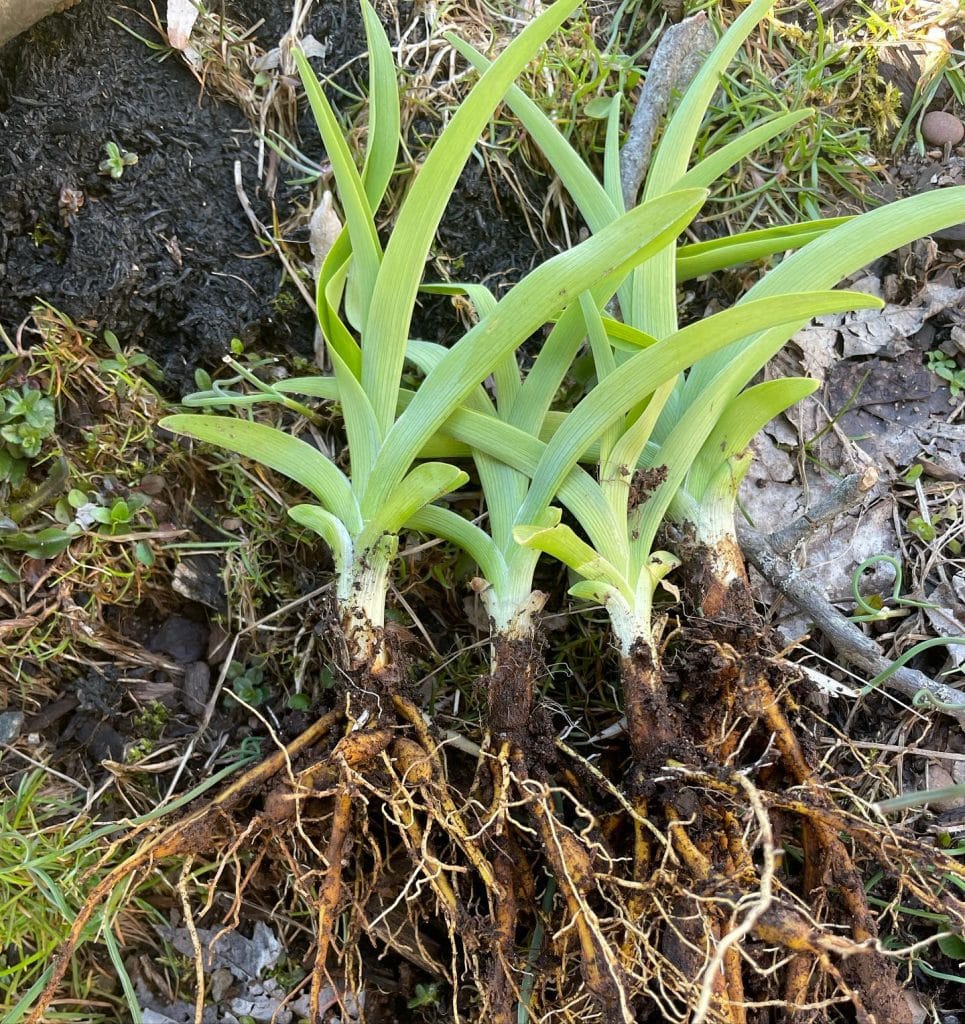
Common Daylily (Hemerocallis fulva) is a perennial plant that was brought here from Asia as a garden ornamental. It has since escaped cultivation and is now considered invasive in many states. Common daylilies can be found in fields and roadsides. They have the ability to form dense colonies, displacing native plants. The plant reproduces by […]
Cirsium vulgare – Bull Thistle
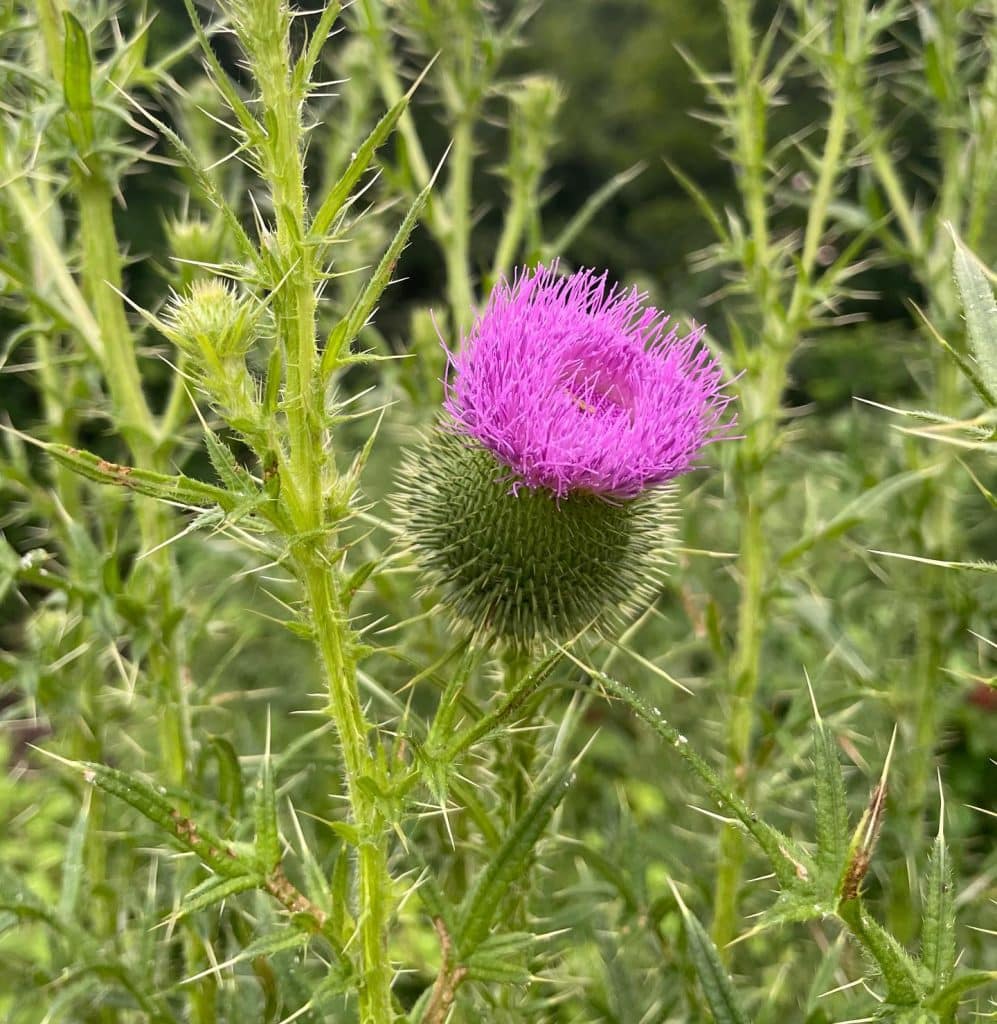
Bull Thistle (Cirsium vulgare) is an edible plant that is native to Eurasia. Bull thistle has become naturalized in North America and is now considered invasive in some areas. There are over 200 species of thistle in North America, 60 of which are native. Thistles are related to globe artichoke. They can be found in […]
Auricularia nigricans – Ear fungus

Ear fungus (Auricularia nigricans) is a wood-rotting mushroom that can be found growing singly or in clusters on dead or dying trees. The ear fungus (A. nigricans) can be differentiated from other wood ear fungi (mushrooms in the Auricularia genus) by its upper surface which is ash-gray to yellowish brown and hairy. Wood ear mushrooms […]
Taraxacum officinale – Dandelion
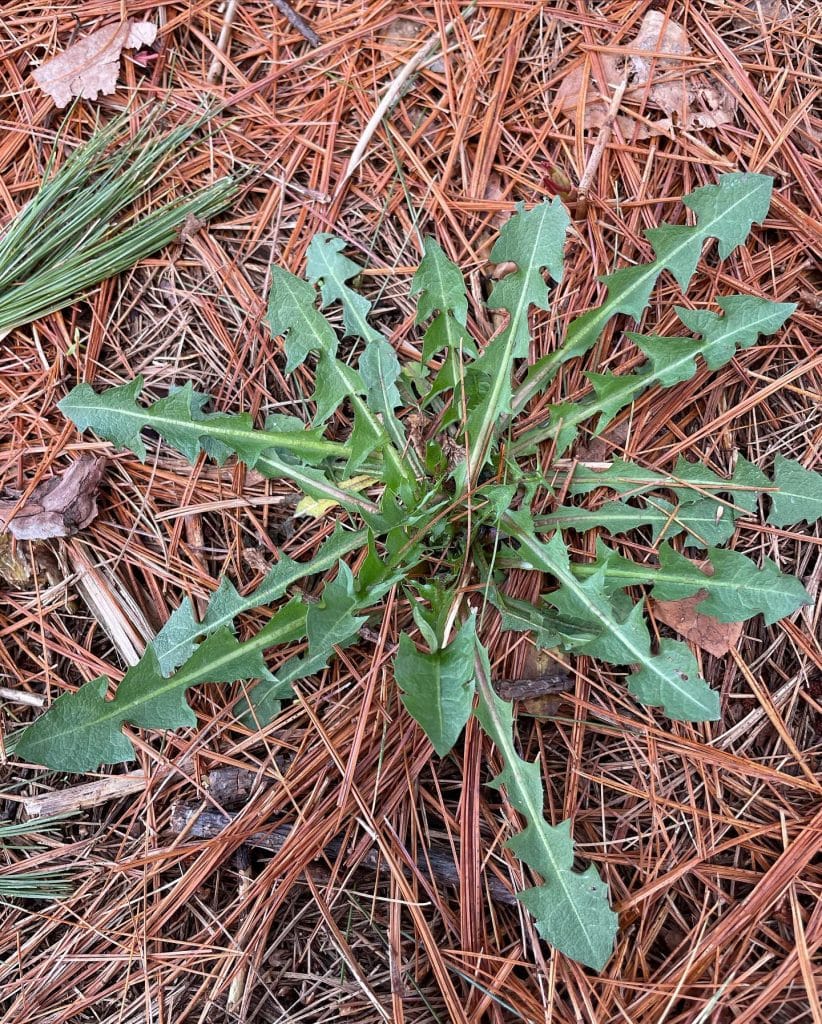
Dandelion (Taraxacum officinale) is a non-native plant from Europe that is edible and medicinal from root to flower. Dandelions can be found in lawns, parks, meadows, and disturbed areas. They can tolerate a wide range of conditions and grow in every U.S. state. Dandelions form a basal rosette of leaves in early spring. The […]
Leucanthemum vulgare – Oxeye Daisy
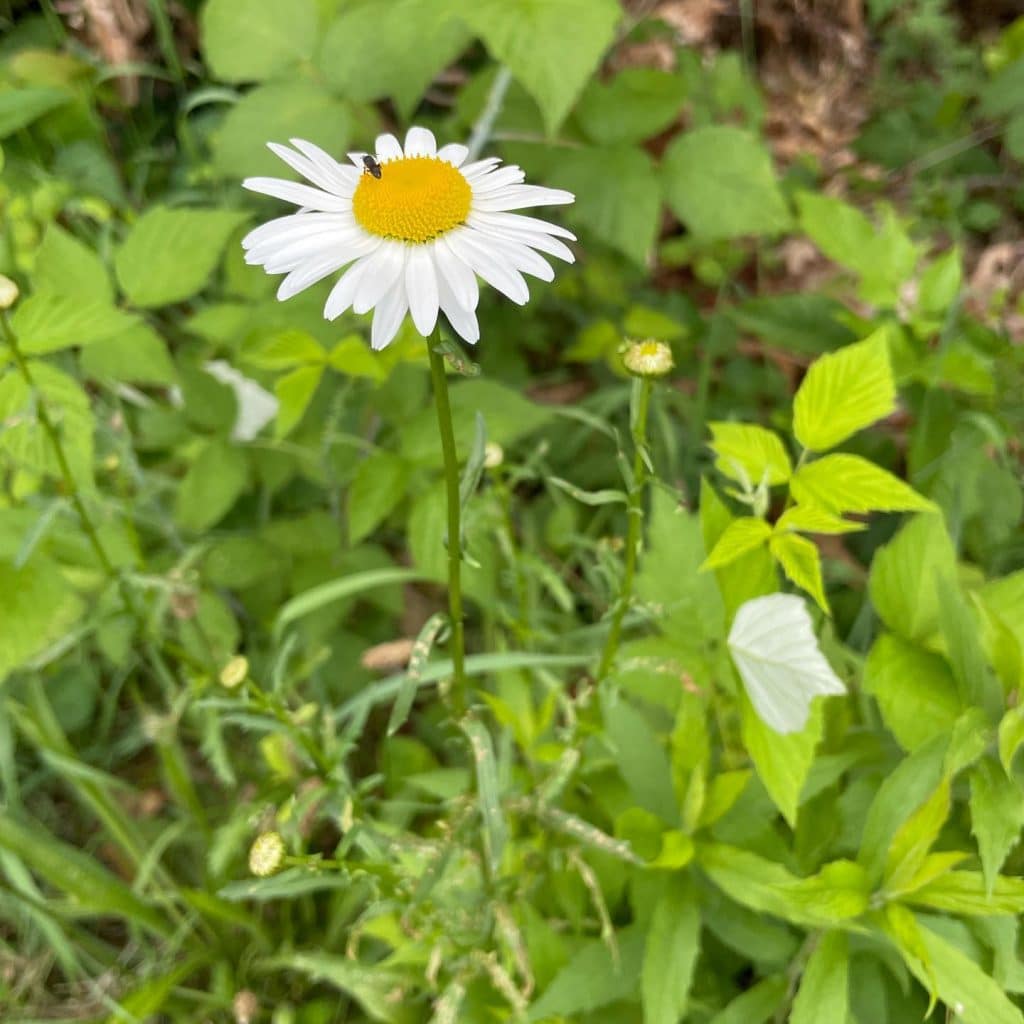
Ox-eye daisy (Leucanthemum vulgare) is a non-native, edible perennial with a unique flavor. Ox-eye daisies have the ability to spread prolifically via shallow rhizomes. They have been listed as a noxious weed in some states. Ox-eye daisy can be found in meadows and roadsides. It prefers growing in direct sunlight. Ox-eye daisy has lobed and […]
